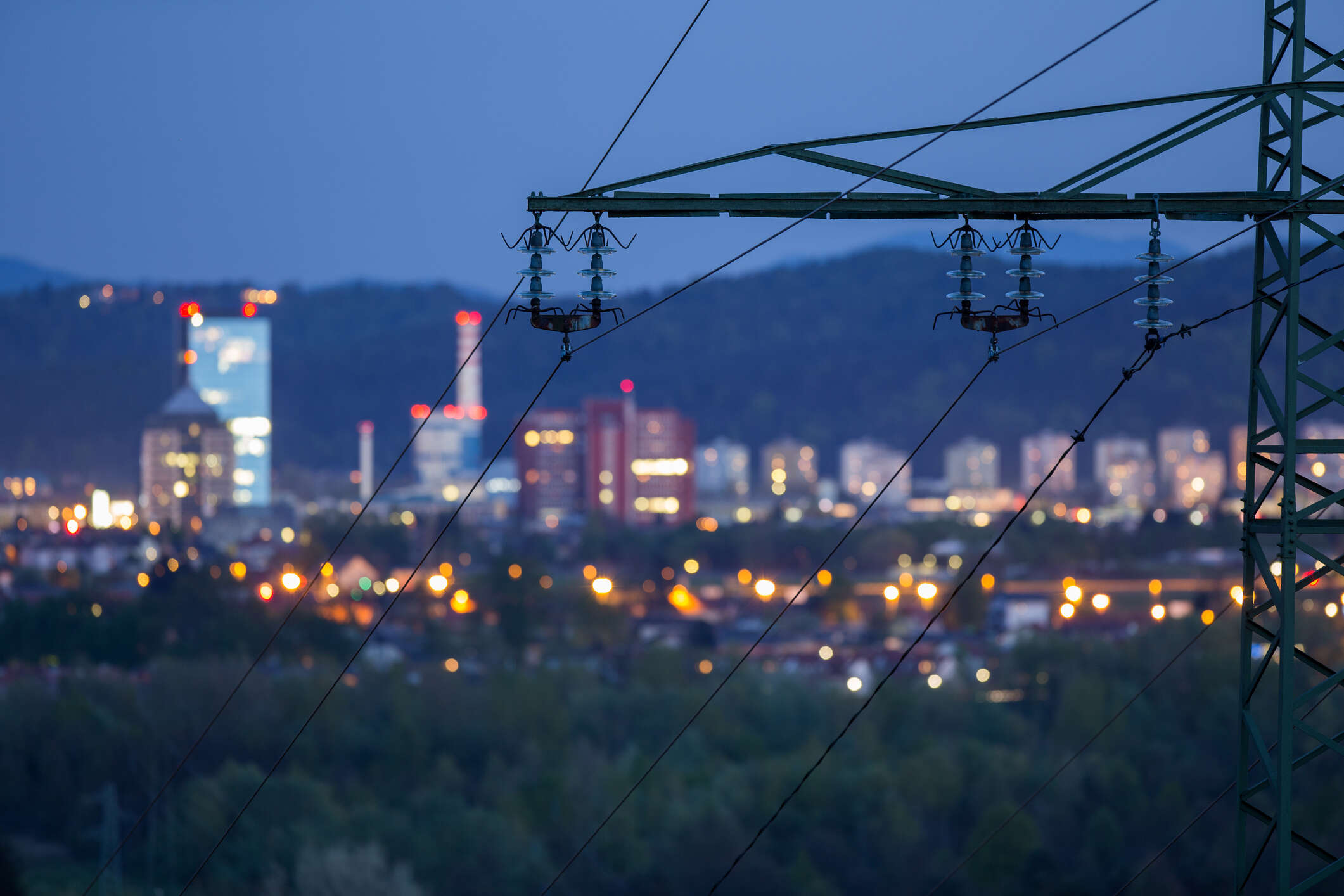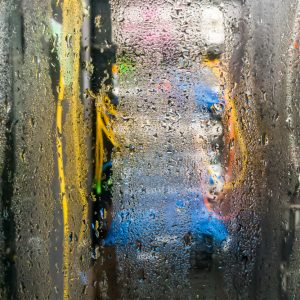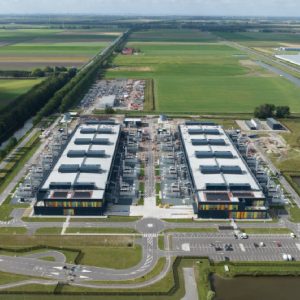
Utilising data and developing open standards for sharing information will be key to creating a sustainable power grid that can underpin the UK’s net zero ambitions. Tech leaders and engineers must learn to work together effectively to ensure the right building blocks are put in place to create a grid fit for the future, industry experts told delegates at Tech Monitor’s Making Sense of Net Zero event.
Leading figures from across the energy sector joined a panel at the virtual event entitled Powering the electric future – from wind to wheel, which looked at the changing face of the power grid as it embraces more renewable energy sources and adopts new technologies. With demands on power networks never higher, with growing numbers of businesses utilising electric vehicles, efficient use of resources is crucial, and technology can help enable this.
Register to view this and other full sessions from Making Sense Of Net Zero.
Interoperability and sorting the ‘web of energy data’
Delegates heard from Gavin Starks, CEO of Icebreaker One, a non-profit organisation which works with the public and private sectors to deliver data insights that aid the transition to net zero. He said the energy sector must learn from how other industries have approached digitisation, and in particular how data is shared between organisations.
“We’re going to see a huge shift in the need to access data, and most of the really useful stuff is going to be commercially sensitive,” Starks said. “We need to sort out our web of energy data as we go forward. Here in the UK, we’ve mapped out nearly 9,000 organisations working with energy, and as we bring all of transport and all of heating on-stream, it really does point to a huge diversity of applications.”
With so many different organisations generating and collecting data, Starks said establishing standards of interoperability will be vital to ensure an efficient and sustainable grid. The focus should be on “creating open standards for interoperability that are going to enable everybody to talk to each other,” he said. “We need to get to the point where the access to data isn’t something we’re competing on, but the analytics and usage of it for particular applications is the thing that everybody is competing on.”
Engineers and tech leaders must speak the same language
Deploying some of the new technologies which can help boost grid capacity and efficiency will require greater collaboration between digital and engineering teams, said Laura Sandys, a former MP who is now non-executive director SGN and the Energy System Catapult, the government’s technology and innovation hub for the sector.
“There is a structural problem which is the meeting of two totally different cultures; the culture of engineering and the culture of digitisation,” she says. “The engineering culture requires perfection, where the digitisation approach is much more iterative; it’s about failing fast and learning from the experience.”
That difference in culture is “a big problem”, Sandys says, because while regulators are comfortable approving the use of existing systems, they “don’t have the language” to understand that “what is really needed is some technology that we might have to bin in four years.” She said: “We’ve got a mismatch of cultures that needs to be unlocked.”
A ‘system architect’ for the power grid?
As more renewable energy sources come online, the overall structure of the power system will also need close attention, believes Ian Funnell, CEO of Hitachi Energy UK. He says that to manage risk of outages effectively, a new “system architect” may be required. “As the grid becomes more complicated you need what I would call a system architect,” he said. “An organisation that can look holistically at how the system can operate in this new world.”
Funnell said the current control systems which are in place will not be “adequate” to deal with the differing risks which will arise as the proportion of renewable energy being used in the system reaches a higher level. “By 2035 we will have a significant number of wind turbines on the systems, and we need to have that grid stability, through baseload or battery energy storage or another technology,” he said.
“The technology you use isn’t important, but I think what is important is that the system has the ability, through data, to understand what’s going on, and through AI to make decisions based on whatever circumstances prevail at the time.”
Register to view this and other full sessions from Making Sense Of Net Zero.
Homepage image by Urban78 / iStock






